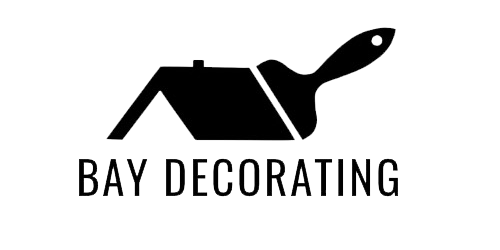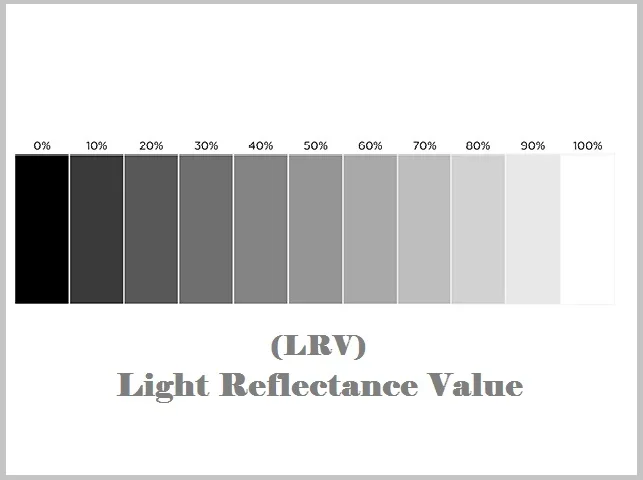How Often Should You Repaint the Exterior of Your Home in Hawke’s Bay?
It’s one of the questions we get most often: “How often should I repaint the exterior of my home?”
Here in Hawke’s Bay — with our long, hot summers and salty coastal air — the answer really depends on how well the last paint job was done, what materials your house is made of, and how much sun it faces each day.
The Short Answer — Every 7 to 10 Years (on Average)
A well-prepared and properly painted exterior should last around seven to ten years before needing attention.
The key factor is the quality of prep and application from the previous painter. If the paint wasn’t sanded, primed, or sealed properly, it won’t bond to the surface and will start bubbling or flaking early.
Nicole and Tim haven’t had to redo any of their own exteriors yet after five years in business — a good sign of longevity — but they’re often called in to fix work that’s failing after just a few years because corners were cut.
How Material Type Affects Paint Longevity
Some materials naturally last longer between repaints than others — and each has its own quirks.
| Material | Typical Repaint Cycle | Notes |
|---|---|---|
| Brick / Plaster | 12–15 years | Longest lifespan, but timber joinery and fascia still need maintenance. |
| Weatherboards | 7–10 years | Most common in Hawke’s Bay homes; full sanding and priming are essential. |
| Timber Windows & Fascia Boards | 5–7 years | High sun exposure and constant water runoff make them wear faster. |
| Stained Cedar | 3–5 years | Needs regular oiling or staining to protect timber from UV and drying out. |
Skipping proper prep shortens these numbers dramatically. If you don’t sand, there’s not enough texture for the primer to grip, and if you skip primer altogether, the paint just won’t stick. It’ll start bubbling and peeling within a few summers.
What the Hawke’s Bay Climate Does to Your Paint
Sun exposure is the main culprit in Hawke’s Bay and is around 80% of the cause of paint damage on your house. It fades colour pigments, causes boards to expand and contract, and breaks down paint films over time.
Salt spray and wind play smaller roles — mostly contributing to rust on metalwork rather than destroying paint itself.
“North-facing sides always go first,” says Nicole. “
Choosing Colours That Last
If you’re thinking about repainting, colour choice makes a bigger difference than many realise.
Every paint colour has a Light Reflectance Value (LRV) — a number showing how much light it reflects. Dark colours have low LRVs (under 40 percent) and absorb more heat, while lighter shades reflect it away.
Image Source: prioritycoatings.com.au
That doesn’t mean you can’t have darker tones — just be smart about it.
Resene’s CoolColour range, for example, is formulated to reflect more sunlight even in deep shades. It works by replacing black pigment with heat-reflective technology and using a special white undercoat. It looks the same as a standard dark colour but runs cooler, helping your paint and cladding last longer and even keeping the home cooler in summer.
(We’ll dive deeper into colour choice and heat reflection in a future blog.)
When It’s Time to Repaint
Image source: www.wow1day.com
How do you know your home’s ready for another coat? Keep an eye out for these signs:
Cracking or bubbling: The paint film has failed, letting moisture in.
Soft or rotten patches: Water has penetrated timber cladding — time to act before re-cladding (expensive!) becomes necessary.
Fading or chalkiness: Mainly cosmetic, but an early warning the protective layer is thinning.
And remember — it’s always cheaper to repaint before the damage shows.
If you notice early cracking or flaking, tackling it now can save thousands in prep and repair costs later.
Best Time of Year to Repaint in Hawke’s Bay
While you can technically paint any time of year, Hawke’s Bay’s weather makes some seasons far better than others.
The ideal repaint window is between October and April, when days are warm, dry, and long. Paint needs several hours of consistent warmth (and no rain) to cure properly, so spring and early summer are perfect.
Autumn can work too if temperatures stay mild — just keep an eye on humidity and shorter daylight hours.
“If it’s too cold or damp, paint won’t bond right,” says Nicole. “We always aim for those settled spring and summer spells.”
How to Keep Your Exterior Looking Good Longer
Regular maintenance is simple but effective:
Annual house wash: Removes dust, salt, moss, and lichen that can break down paint.
Use gentle pressure: Avoid high-pressure blasting — it can lift paint or force water behind boards.
Maintenance products: Resene’s Paint Prep and House Wash is ideal for cleaning painted surfaces. It’s gentle on paint but effective at removing salt and mildew.
Touch up small chips: Prevent water from seeping in and starting larger failures.
These easy habits can add years to your repaint cycle and keep your home looking fresh between full paint jobs.
Final Thoughts
Repainting isn’t just about keeping your house looking tidy — it’s about protecting one of your biggest investments from the Hawke’s Bay elements.
A quality exterior job should last a decade or more if it’s done right: good prep, the right paint system, and a little yearly maintenance.
Waiting too long can make things much more expensive down the track. Once paint starts failing, water can sneak into timber or cladding, leading to rot and repairs that cost far more than a simple repaint.
If you’re curious about what a full repaint might cost, check out our guide on
How Much It Costs to Paint a House in Napier & Hawke’s Bay
for real-world pricing examples and budgeting tips.



